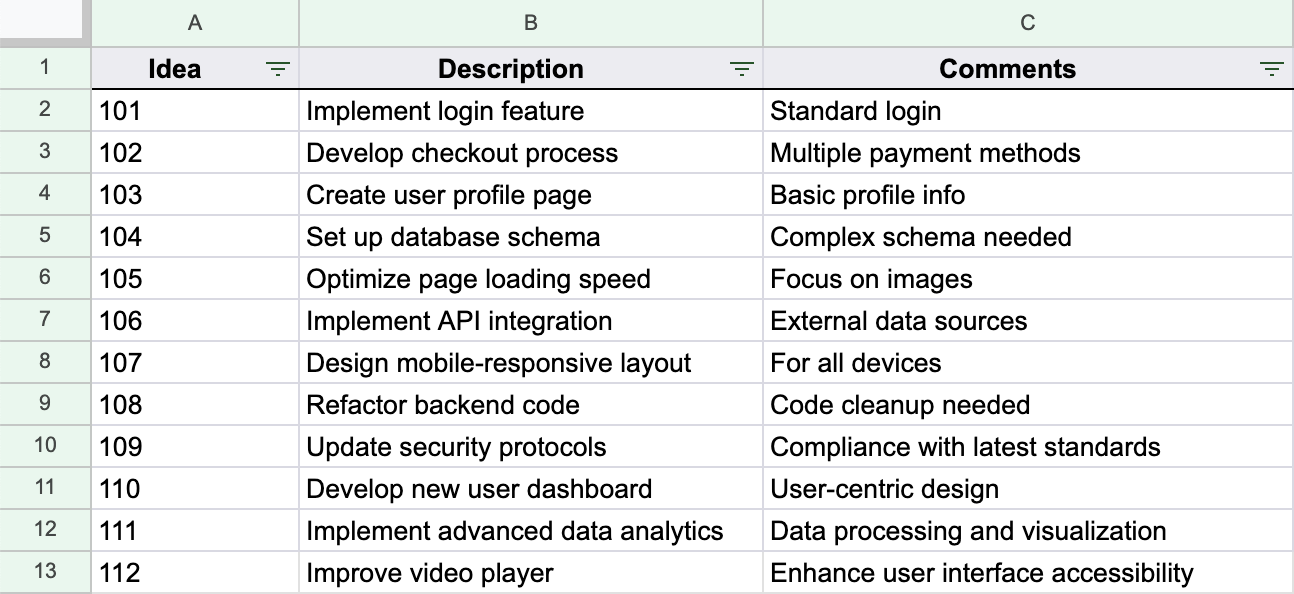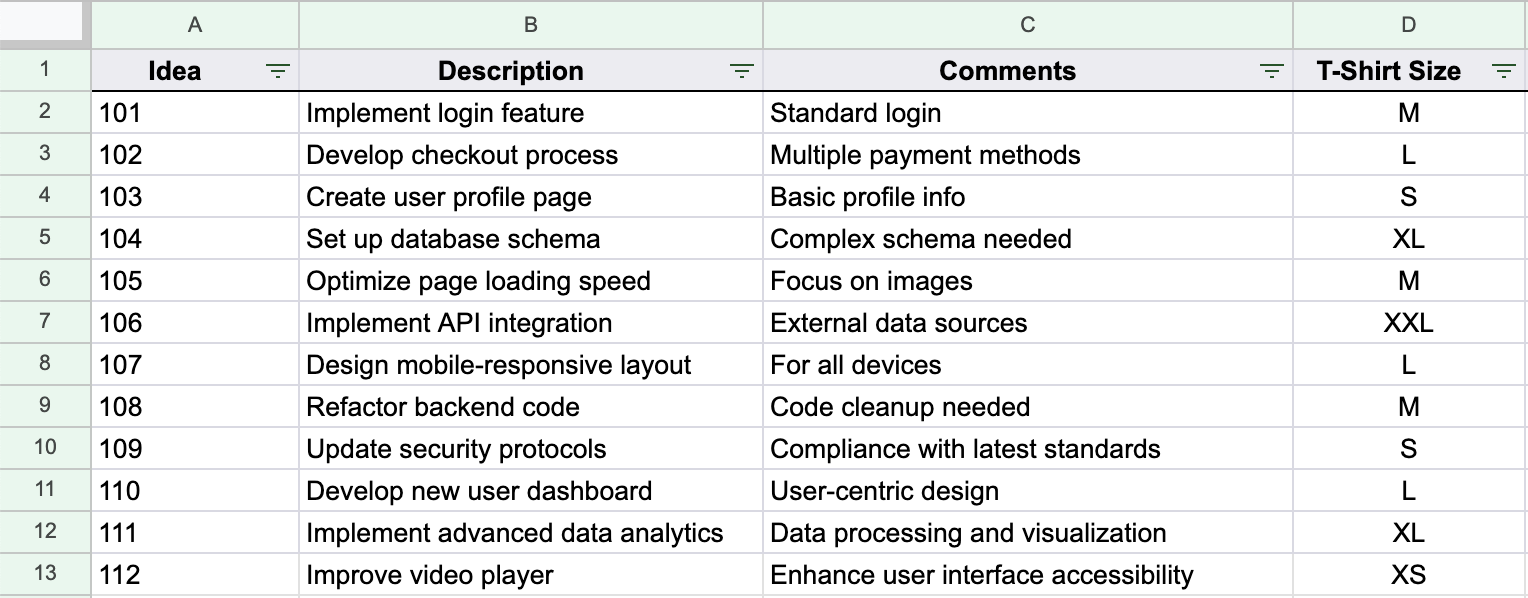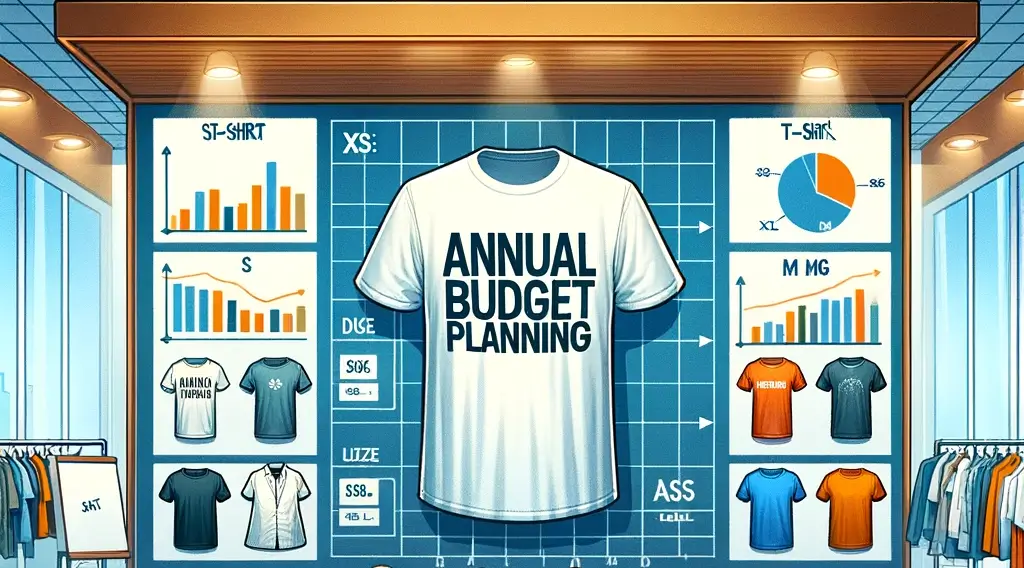Annual budget planning is a cornerstone process for nearly all technology companies. It is pivotal whether you’re part of a budding startup, an established SMB, or a sprawling enterprise, as it aligns the company’s strategic goals with its operational capabilities.
Hey, but do technical teams that follow Agile and try to bring flexibility and adaptability everywhere even need annual budgeting? Wouldn’t a budget be obsolete within a quarter—if not less?
The answer is actually not that straightforward, and much more nuanced.
On one hand, annual budgeting is a waterfall process. It’s structured, sequential, and particularly suits for departments like marketing and sales. On the other hand, the determination of necessary budgets, skills, and personnel is crucial for economists, CFOs, CEOs, and Boards, even if these plans may be adjusted mid-year or quarterly.
Tech teams cannot completely avoid this process. However, they can adopt modern techniques that enable them to align with the company’s business objectives. These methods also provide accurate estimations for the most relevant customer needs and significantly reduce the time and effort spent in planning. In this article, I suggest my own technique based on the T-shirt sizing methodology and the ICE framework. Continue reading to learn more about it, or get your free template right away.
The Traditional Approach: A Recipe for Waste?
Typically, the traditional approach to annual budget planning begins with product managers compiling a comprehensive backlog of potential ideas–often running into dozens of hundreds of ideas. The CTO or VP of Engineering then faces the daunting task of providing precise effort estimations for these ideas. This estimation serves two primary purposes: prioritizing ideas and estimating the required budget. However, there are inherent challenges in this approach:
- Time-Consuming: Estimating the effort to bring half-baked ideas to fruition can take weeks, as teams struggle to understand and define the exact requirements.
- Waste of Resources: Based on my experience, only 20% of all backlog ideas will be executed next year due to resource constraints, meaning the execution of the remaining 80% will not even start. It is reasonable to conclude that precise effort estimations should focus on the relevant 20% of the items. Investing efforts in estimating the other 80% would be a waste of time.
- Frustration Among Engineers: Requiring engineers to estimate efforts for projects that are unlikely to materialize can lead to significant frustration. Hence, focusing on the more viable ideas for precise estimations is crucial, not just for efficient resource allocation but also for maintaining team enthusiasm and productivity.
Use the Efficient Approach
To address these challenges, I propose an approach that embraces the agile mindset. The recipe is straightforward, yet it has been successfully tested with Sphere customers. The process can be outlined step by step as follows:
1. To begin, adopt the “T-Shirt sizing” method for effort estimation
Replace detailed effort estimations with T-shirt sizing categories (XS, S, M, L, XL, XXL, XXXL), where XS represents the smallest effort, and each subsequent size indicates a doubling of effort. This method is quicker and allows you to gauge the effort required for each task without involving complicated calculations, especially acknowledging that precise effort estimation is often elusive.
The main principle of T-shirt sizing is that you define sizing by comparing the complexity of initiatives. For instance, if initiative X takes 1 week (and is categorized as ‘XS’), you can compare a new initiative, Y, to X in terms of complexity and scope. If Y seems to be twice as complex or broad, it might be categorized as ‘S’, indicating it could take approximately 2 weeks. An initiative marked as ‘M’ will take 4 weeks, ‘L’ will take 8 weeks, and so on. This comparative approach helps in gauging the relative effort and time investment more effectively. More details on how this works can be found here.
In my experience, only 20% of all backlog ideas will be fully executed in a year. Precise effort estimation should only focus on this 20%—investing full efforts in estimating the other 80% would be time wasted.
– Boris Korenfeld, Global CTO, Sphere
2. Adopt the ICE Framework
Prioritize ideas using the ICE (Impact, Confidence, and Ease) framework. This model quickly identifies the most promising ideas based on their potential impact, the confidence level in their success, and the ease of implementation. Sean Ellis, who developed the ICE model, suggests a simple formula for calculating priority scores. But no worries, we provide a detailed sample in the next block of this piece.
3. Refine estimation for top ideas
Once prioritized, a more detailed effort estimation can be conducted for the top ideas to better understand the required skillset and budget for the upcoming year. This step helps in identifying the top 20% of ideas that are most likely to be implemented.
Annual Budget Planning: Navigating a Potential Scenario
My proposed approach has been more agile and efficient compared to traditional methods, as it enables quick prioritization and estimation without getting bogged down in details. Let’s see how it operates in a real-world scenario. Imagine you have the following backlog of ideas for the upcoming year.

First, let’s add t-shirt sizes for effort estimation. As you can see, this technique simplifies project estimation by assigning relative effort sizes ranging from Extra Small to XXL.

Now let’s integrate the ICE scoring system, taking into account the ease of each item as determined by the T-shirt sizing method. In the table below, ‘Impact’, ‘Ease’, and ‘Confidence’ are scored on a scale of 1-10, where a higher score indicates a greater impact, higher confidence, and greater ease of implementing the idea. The ICE Score is calculated using the formula (Impact×Confidence×Ease). As we mentioned above, this score assists in prioritizing tasks based on their overall value and feasibility.

Let’s prioritize our list. The user stories are now arranged in order of their ICE scores, from highest to lowest, aiding in the identification of the most promising ideas.

Finally, after T-shirt sizing prioritization, our team can focus on the top 20% of items with more precise effort estimations for next year’s planning. This approach ensures that planning time is not wasted on items that are unlikely to be executed. Essentially, this provides a roadmap for future development.

Conclusion: Smart Annual Budget Planning for Tech Departments
While tech teams excel in flexibility and adaptability, structured planning in terms of finances, resources, and efforts is essential for business personnel. The proposed method facilitates an efficient annual budget planning process. It avoids the frustration and time consumption typically associated with traditional approaches
I hope this example will be helpful to you. Our team specializes in Tech Executive Advisory, guiding tech leaders not only through complex planning processes but also providing the expertise and tools necessary for smooth and efficient development. Talk with our team today and benefit from a working product tomorrow.





